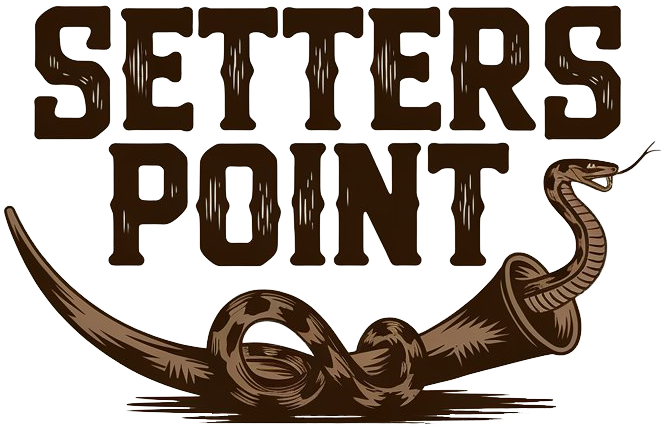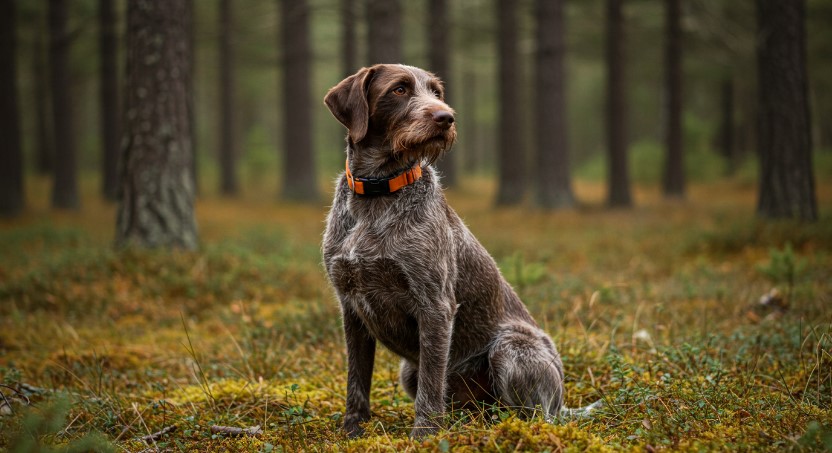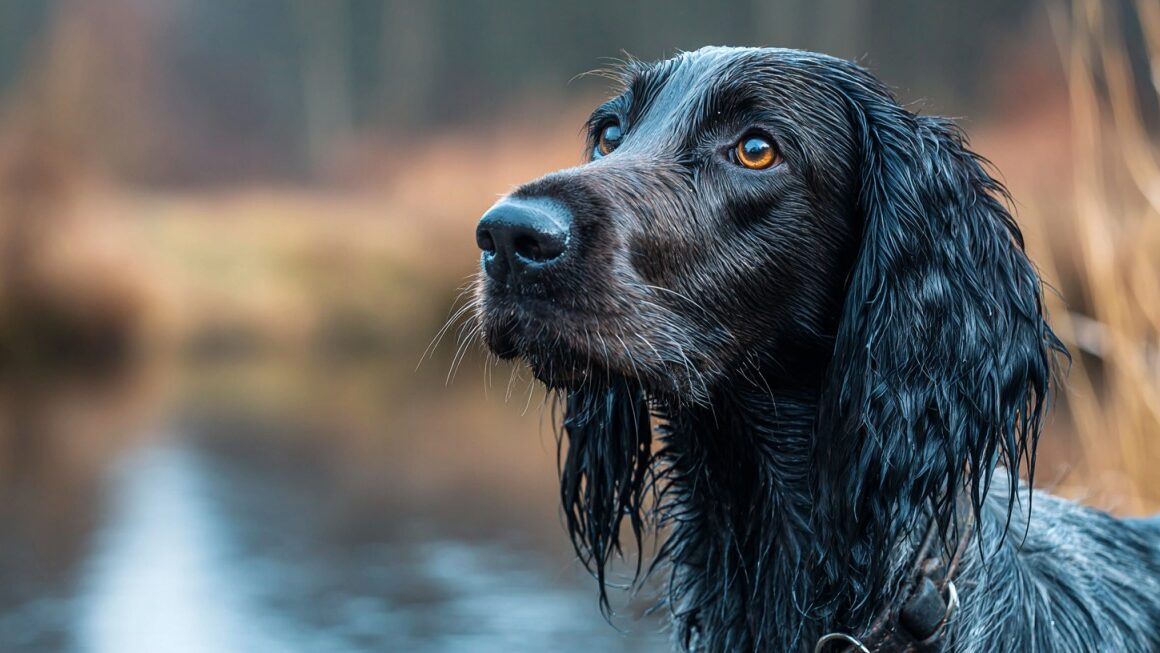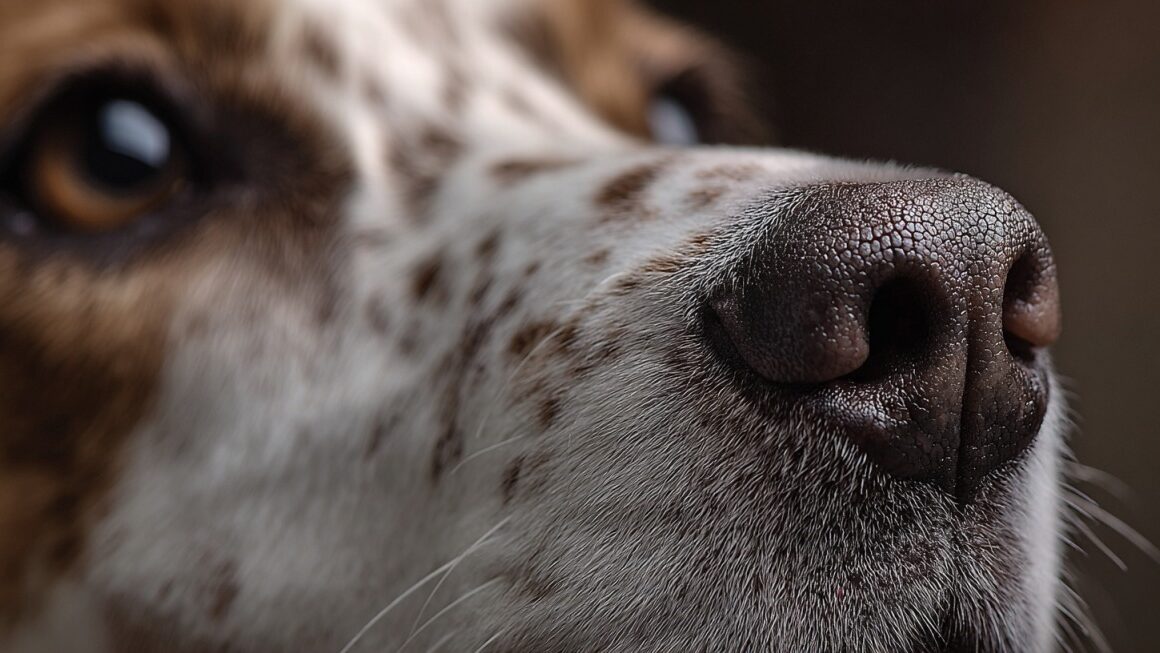There’s nothing quite like watching a trained hunting dog work a field. The nose low, tail high, eyes locked in – it’s instinct fused with discipline.
But even the most genetically gifted pointer, retriever, or spaniel isn’t born field-ready. And the truth is, even seasoned hunting dogs can slip into bad habits that derail a hunt, damage the game, or, worse, put them in danger.
If you’re out there trying to correct field behavior—maybe wondering why your dog started creeping forward or chewing birds, you’re not alone.
Let’s talk through some of the most common issues handlers face and how to fix them.
Dog Won’t Come Back After Retrieve
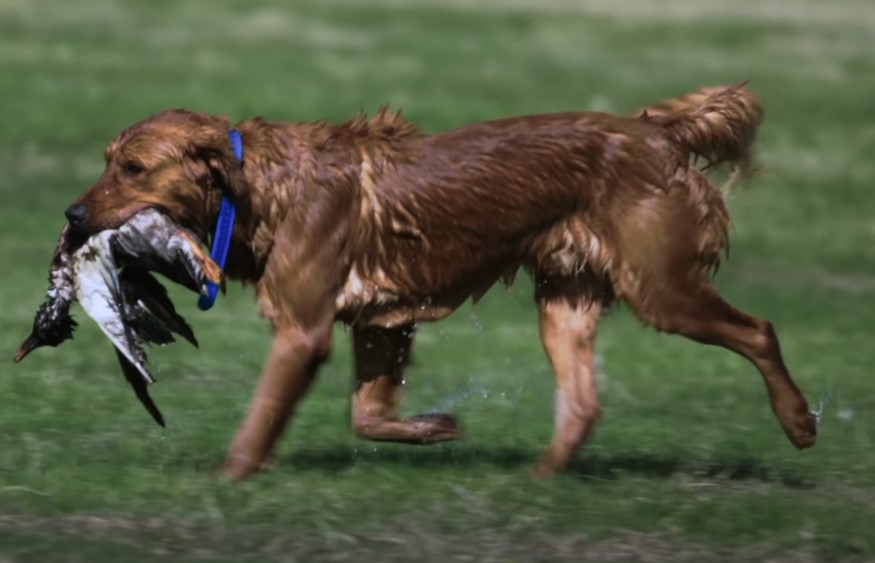
What’s going wrong: Your dog takes off after a downed bird but doesn’t return right away, or not at all. Maybe they pick at the bird, make wide loops, or flat-out disappear for a few minutes.
Why it happens: Usually, this points to gaps in foundational obedience or a lack of follow-through during force fetch. Distractions in the field can quickly override training that hasn’t been reinforced consistently.
Early warning signs:
- Delayed pick-up
- Circling behavior before return
- Pausing to “play” with the bird
How to fix it:
- Go back to basics. Reinforce the “come” command every day in low-distraction settings before testing it in the field.
- Use force fetch training. This ensures the retrieve is automatic—not optional—and includes bringing it back to hand every single time.
- Reward fast returns. Verbal praise, treats, or another quick retrieve keeps the behavior positive and consistent.
Tip: If your dog learns they can ignore the recall without consequences, the behavior sticks. Be consistent. Every single time.
Breaking Before Command
What’s going wrong: The dog bolts as soon as the bird drops or the gun goes off, without being sent.
Why it happens: This is often a product of excitement paired with a lack of impulse control. Letting them “get away with it” even once sends the wrong message.
Early warning signs:
- Creeping forward slowly after a mark
- Lifting their rear end or shifting weight
How to fix it:
- Re-heel immediately. Do not allow the retrieve after a break.
- Use leash pressure or a check cord. Reinforce the sit command in controlled environments.
- Practice patience drills. Simulate marks or gunfire and delay the release. Increase the waiting period gradually.
Safety note: Breaking can be dangerous, especially in waterfowl situations where the dog might run into a firing line. Never compromise here.
Won’t Stay in Range
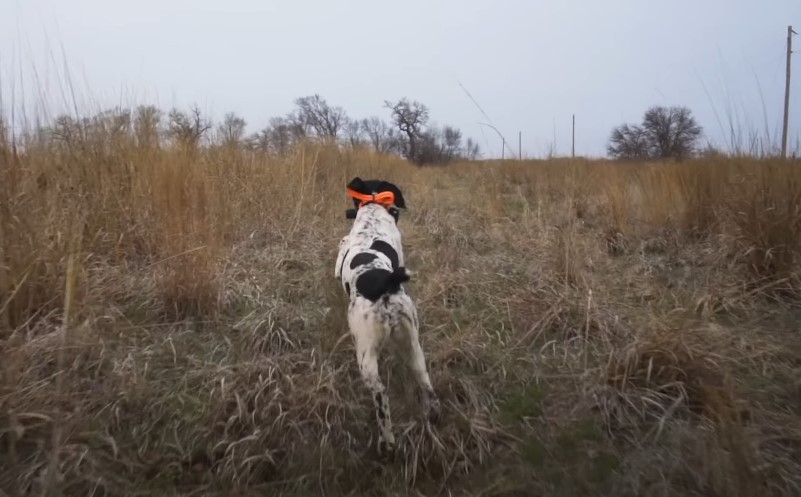
What’s going wrong: Your upland dog is off like a rocket and doesn’t check back, making them tough to handle in heavy cover or large fields.
Why it happens: Some breeds are just wired for distance. But often, it’s because early training didn’t emphasize recall and range limits.
Early warning signs:
- Quartering gets wider and wider
- Fails to respond promptly to whistle or voice commands
How to fix it:
- Use the sit whistle. Stop them mid-range, then use “here” to bring them back.
- Walk the field at heel. Show them what controlled range looks like before adding freedom.
- Train in different terrain. Dogs need to generalize obedience, not just perform on the training field.
Pro tip: Training with GPS collars can help you evaluate real-time range and improve correction timing.
Mouthing or Chewing the Bird
What’s going wrong: The dog retrieves the bird but can’t resist chewing, biting, or playing with it on the way back—or worse, before you even see them.
Why it happens: Often, it’s nervous energy or lack of clarity around what “hold” actually means.
Early warning signs:
- Visible mouth movements during the retrieve
- Releasing or dropping the bird short
- Feather damage on returned birds
How to fix it:
- Introduce or revisit force fetch. Teach “hold” and “give” as separate commands.
- Slow the pace. Pet your dog while they hold the bird calmly, rewarding stillness.
- Interrupt chewing behavior. A firm “no” followed by reinforcing “hold” builds the association you want.
Heads-up: High-strung dogs tend to struggle more here. Be patient and reward calm behavior above all.
Gun Shyness
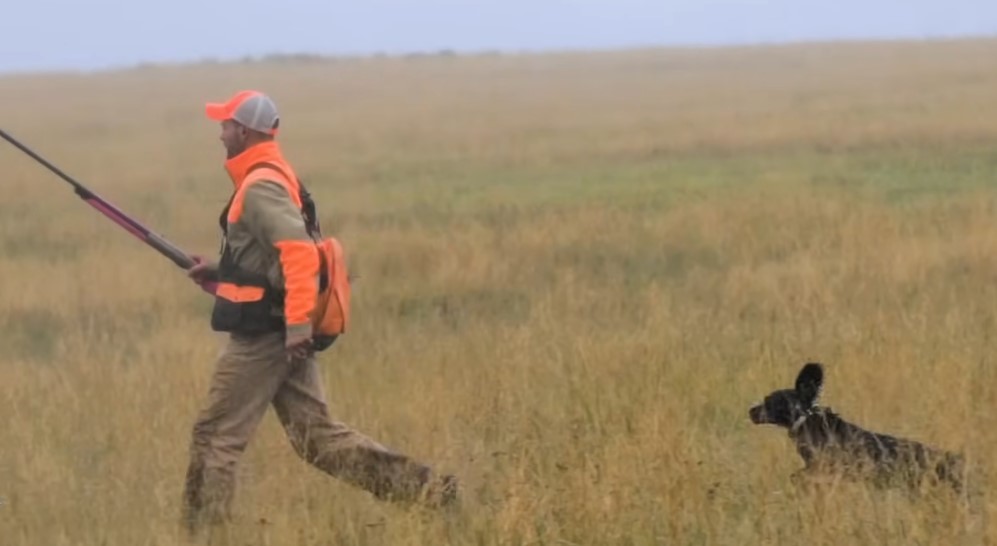
What’s going wrong: The sound of a gunshot sends your dog into panic mode—running away, cowering, or losing all interest in the hunt.
Why it happens: Usually it’s a result of poor introduction to gunfire, either too soon, too loud, or too close without any positive association.
Early warning signs:
- Flattened ears or tucked tail at loud sounds
- Bolting at distant fireworks or thunder
- Loss of focus after shooting starts
How to fix it:
- Stop gun exposure immediately. Let the dog reset.
- Reintroduce from a distance. Pair soft gunshots with retrieves or toys they love.
- Gradually move closer. Only increase volume or proximity once the dog is confident.
Prevention tip: The best way to avoid gun shyness is to pair early gunfire with success – bird falls, happy retrieves, and a handler that keeps it light.
Other Behavioral Problems You Might Run Into
@iamwillatherton So it’s pretty easy to provide breed fulfilment for breeds like Labradors and everyone have fun in the process, but what about hunting breeds? Serious guarding breeds? The dogs that violence to them is as fun as retrieving is for Uncle Sully? Well obviously we can’t allow them to do that freely, but it doesn’t change the fact that we’re then wrestling with those urges for all of that dog’s life, and if you don’t know how to manage that, train around that, and keep everyone and everything around that dog safe… well that’s why and when we’re hearing these horror stories everyday at this point. Dogs are serious animals, and within dogs there are some much more serious breeds than others, they’re not social media accessories and you need to respect the animal and the breed if you want ANY chance of success. #dogtraining #dogtrainer #dogtrainingtips #dogtrainingadvice #dogs #leadershipislove #dogbreeds
Some problems aren’t limited to fieldwork, but they still affect performance, focus, and safety. Here’s how to spot them and what to do.
Aggression
Types to watch for:
- Guarding game or territory
- Misplaced predatory instincts
Fix: Use reward-based training to shift focus. Professional trainers or veterinary behaviorists may recommend SSRIs for persistent cases. Don’t ignore aggression, it rarely resolves on its own.
Fears, Phobias & Anxiety
Examples:
- Separation anxiety at the truck
- Fear of thunder or unfamiliar places
Fix: Gradual desensitization and counterconditioning help. Use calming tools like Adaptil collars or, in serious cases, short-term meds like benzodiazepines. Routine helps too—dogs feel safer with predictability.
Compulsive Behaviors
What to look for:
- Spinning
- Tail chasing
- Pacing or repetitive movements during down time
Fix: Teach incompatible behaviors, like a down-stay or place command. If it’s severe, a vet might suggest clomipramine. Often, extra mental work can help burn off the excess energy fueling the behavior.
Hyperactivity
Symptoms:
- Constant movement
- Inability to settle
- Ignoring commands due to overstimulation
Fix: Increase structured exercise before hunts. Train impulse control through games like “sit and wait” for food or toy release. In rare cases, a vet may trial low-dose stimulants to assist.
Destruction or Elimination Problems
Examples:
- Chewing gear
- Digging around blinds
- Marking or peeing in new environments
Fix:
- Confine the dog when not supervised
- Bring familiar items (like a crate mat) to new hunting areas
- Reinforce house training and limit stress in unfamiliar spots
Prevention Tactics That Actually Work
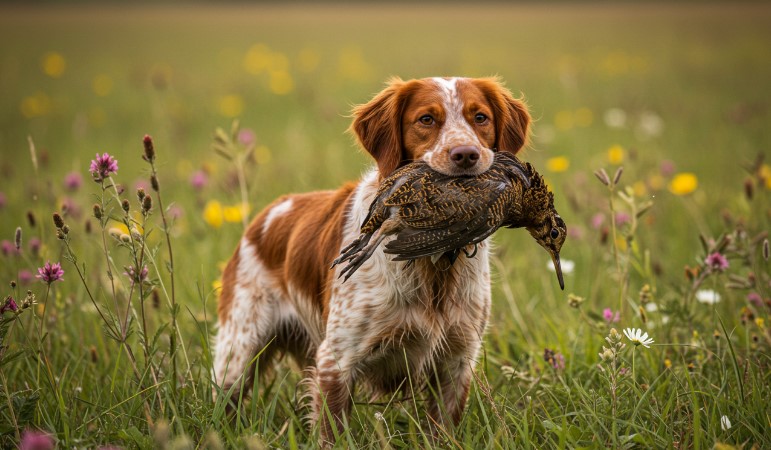
Many issues can be avoided altogether with the right early steps. Here’s what seasoned handlers recommend:
Start with Prey Drive Assessment
Watch how your dog responds to birds, scents, or game early on. Tailor your training based on that instinct level. A pointer and a lab may be in the same field but need totally different cues to stay focused.
Train Impulse Control Early
Use structured games:
- “Sit and wait” before releasing for food
- “Place” drills during exciting moments
- Controlled retrieves on a long lead
Channel the Drive
Try:
- Hide-and-seek games with scented bumpers
- Nose work (even just hiding a sock around the house)
- Backyard hunt simulations using decoys
Consider Dog Sports
Channel energy with:
- Rally or Obedience for mental structure
- Barn Hunt or Nose Work for prey drive satisfaction
- Dock Diving or Agility for physical release
Example: A high-drive German Shorthaired Pointer that struggled with field steadiness improved dramatically after three months in a structured nose work class.
Hire the Right Help
Even experienced handlers can hit a wall. A professional with experience in sporting breeds can:
- Spot issues early
- Build a training plan specific to your dog
- Offer tools that fit your schedule and goals
Gradual Exposure to the Field
Before opening day, train in similar terrain:
- Practice quartering in fields
- Simulate blinds and decoy setups
- Include controlled exposure to gunfire with positive rewards
Curb Unwanted Hunting Behavior at Home
If you’re not looking to train a hunter but your dog has strong instincts:
-
- Avoid games that mimic prey (like laser pointers or chase toys)
- Reinforce calmness around small animals
- Reward eye contact and calm behavior instead of chasing
Final Thoughts
Every hunting dog brings a unique mix of instinct, energy, and potential, and sometimes, a bit of trouble. Fixing problems in the field takes more than wishful thinking. It takes consistency, real training methods, and a willingness to adjust your approach when things get rocky.
Whether it’s teaching your dog to stop breaking or helping them get over a fear of gunfire, the key is always the same: clear expectations and patient reinforcement. Start early, be fair, and know when to call in help.
And when that dog finally locks up on point, sits steady in the blind, or retrieves with a soft mouth and a happy tail? That’s when all the effort pays off.
